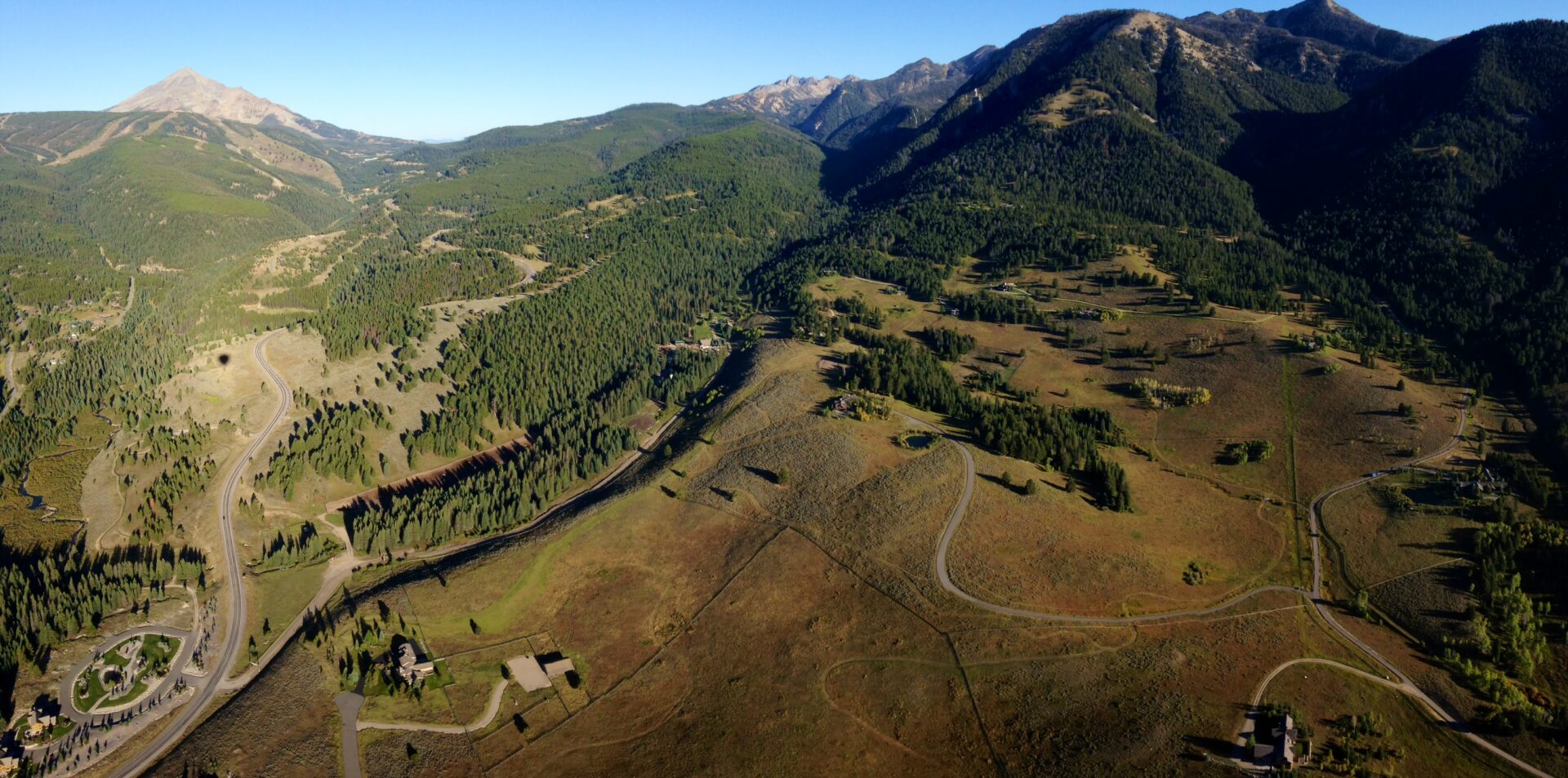There is an age-old piece of market wisdom that says if you sold out too fast then your prices were too low. If you are an owner or operator of an all-inclusive ranch or lodge, there is a good chance your rates are underpriced. While this may not be the popular or majority opinion, here are a few considerations that may influence your way of thinking:
Supply & Demand
Since the summer of 2020 the traveling public has demonstrated a sustained appetite for ranch and lodge experiences that shows little sign of slowing down. At the beginning of this cycle there was good reason to think it could be a passing trend; however, it turned out millions of first-time customers entered the market. So as the pace of bookings grew red hot in 2021, it carried strong into 2022, and many owners and operators now view this as pivotal market shift in which the demand for experiential and adventure travel outpaced supply. The supply side of the equation has real restrictions because world-class ranch and lodge operations have rare attributes that are not easily duplicated. For those trying to join the market, big checkbooks offer no guarantees of success. Owners of established ranches and lodges understand there will be the occasional new player, they also understand the barriers to entry are significant. The upshot is the supply of authentic ranch and lodge destinations is not likely to keep up with the demand and therefore the market will continue to support higher prices.
Corporate Competition
Historically all-inclusive ranches and lodges have mostly competed for guests amongst themselves, but this dynamic has changed completely. Presently, one could argue hotels and vacation rental companies are providing the stiffest challenge. These businesses have invested heavily in experiential travel, they recognize the value of selling the “idea” of all-inclusive, and their goal is to gain market share. Plus, because they run an a la carte strategy, the expense model costs a dime on the dollar. Seeing as how customers are largely driven by price at the point of sale, hotels and vacation rental companies use this to their competitive advantage. As a result they are capturing business that might otherwise go to an all-inclusive ranch or lodge. The general sales pitch goes something like this: “We’re your basecamp for adventure, make your reservation and our concierge team will arrange every detail!” (horseback rides, fly fishing guides, white water rafting, wildlife tours, etc.). The customer sees the low price of the room, but buys the “experience”. They may think they are getting a deal; however because hotels rely on 3rd party providers, the quality is far less than the highly curated programs for which all-inclusive ranches and lodges are known. On top of it, working with a middle man instead of an expert can be logistical nightmare, plus the hidden costs of booking a la carte often make for a bigger price tag than what one would have paid for all-inclusive in the first place. Operators of all-inclusive ranches and lodges don’t need to compete with hotels on price, but they can do more to demonstrate overall value and placing a focus on finding guests willing to pay for it
Revenue Management and Dynamic Pricing
If there is one page operators of ranches and lodges should take from the book of their corporate competitors it is that of revenue management and dynamic pricing. Hotels have long mastered the art of yielding room rates with supply and demand. For all the costs they control on property, hotels spend a boatload on maximizing room revenue. Partly due to seasonality, partly because of tradition, and partly out of loyalty to their guests, ranches and lodges typically feature pricing fixed by the season or the year. A package costs the same if it is the first one sold or the last one available, and there is no difference whether it coincides with a holiday, or the most popular week of the season. The reality is this is an antiquated strategy that contributes to leaving money on the table. Fixed pricing models also put owners at a severe disadvantage in reacting to sudden swings in the economy. For example, inflation has driven the cost of doing business up across the board, meanwhile ranches and lodges with prices fixed for this season will not recoup these new costs until they next year when they roll out their new rates. On the flip side, hotels have already raised the rates for all of their unsold rooms for this year and as such they are better positioned for profitability.
While repeat guests will react negatively at first, eventually they will understand. Your same guests also patronize hotels, they are familiar with dynamic pricing, and it makes sense that a ranch or lodge would employ the same strategies as any other hospitality business. Ultimately, no one can fault you for charging the rates necessary to run at a reasonable profit and many will respect you for it. As long as you continue to provide quality, they will continue to return and enjoy the incredibly unique experiences only an all-inclusive ranch or lodge can provide.



